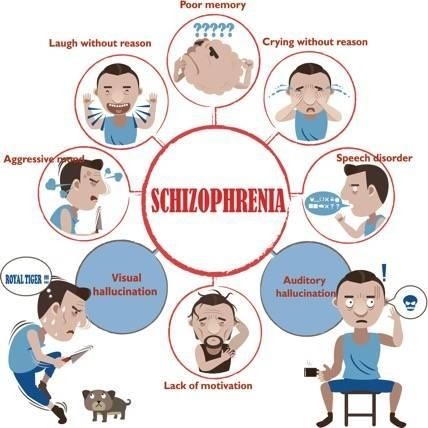A client receiving risperidone reports severe muscle stiffness at 1030. By 1200, the client has difficulty swallowing food and is drooling. The client is diaphoretic. By 1600, vital signs are as follows Temperature 102.8 F pulse 110 beats/minute, respirations 26 breaths/minute, and blood pressure 150/90 mmHg.
What is the nurse's best analysis and action?
Institute reverse isolation
Withhold the next dose of medication
Begin high protein, high cholesterol diet
Notify health care provider stat
The Correct Answer is D
A) Incorrect. Reverse isolation is not indicated in this situation. The client's symptoms are likely due to a side effect of the medication, not an infectious process.
B) Incorrect. While it may be necessary to withhold the next dose of medication, the client's symptoms require more immediate attention.
C) Incorrect. The client's symptoms are indicative of a serious adverse reaction, and dietary changes would not address the issue.
D) Correct. The client's symptoms, including severe muscle stiffness, difficulty swallowing, drooling, diaphoresis, and elevated vital signs, are indicative of neuroleptic malignant syndrome (NMS), a potentially life-threatening side effect of antipsychotic medications like risperidone.
The nurse should notify the healthcare provider immediately for further guidance and intervention.
Nursing Test Bank
Naxlex Comprehensive Predictor Exams
Related Questions
Correct Answer is B
Explanation
A. Haloperidol is a first-generation antipsychotic and may not be as effective in addressing the negative symptoms (e.g., apathy, poverty of thought) as second-generation antipsychotics.
B. Olanzapine is a second-generation antipsychotic known to be effective in treating both positive and negative symptoms of schizophrenia.
C. Diphenhydramine is not typically used as a primary treatment for schizophrenia.
D. Chlorpromazine is a first-generation antipsychotic and may not be as effective in addressing the negative symptoms as second-generation antipsychotics.
Correct Answer is D
Explanation
A) Incorrect. Delusions of reference involve a belief that everyday events, objects, or other people have a particular and unusual significance. This is not described in the scenario.
B) Incorrect. Tangentiality is a thought disorder where the individual goes off on tangents and never returns to the original point or idea. This is not described in the scenario.
C) Incorrect. Neologism refers to the creation of new words or phrases that have meaning only to the person using them. This is not described in the scenario.
D) Correct. Loose associations are characterized by a disruption in the logical progression of thought, where thoughts become disorganized and may seem unrelated or loosely connected.

Whether you are a student looking to ace your exams or a practicing nurse seeking to enhance your expertise , our nursing education contents will empower you with the confidence and competence to make a difference in the lives of patients and become a respected leader in the healthcare field.
Visit Naxlex, invest in your future and unlock endless possibilities with our unparalleled nursing education contents today
Report Wrong Answer on the Current Question
Do you disagree with the answer? If yes, what is your expected answer? Explain.
Kindly be descriptive with the issue you are facing.
